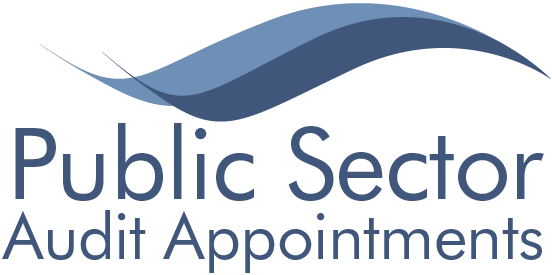QRP results – principal audits
Financial statements audit work
- Auditors of listed companies have a statutory duty to produce an annual transparency report, giving information about the firm’s governance and its arrangements for ensuring the quality of its work. All the firms in our principal audit regime are covered by this requirement and our review of the transparency reports did not highlight any significant issues of note.
- The FRC’s public reports provide an objective reality check on the self-assessments included in the firms’ transparency reports. The FRC reports published on 19 June 2018 showed that in 2017/18 72% of audits required no more than limited improvements compared with 78% in 2016/17. Off the 120 audits reviewed six (5%) required significant improvement compared with eight from 106 reviews in the previous year (8%).
- The FRC has identified key issues which firms need to address in order to improve audit quality. These were the:
- challenge and scepticism of management in key areas involving judgment, such as impairment reviews, asset valuations and provisions;
- group audit team’s oversight and challenge of component auditors;
- audit of company pension scheme assets and liabilities; and
- arrangements for ensuring compliance with the Ethical Standard and independence requirements.
- The results of the FRC reviews on a sample of 10 PSAA financial statement engagements for 2016/17 concluded that whilst there was scope for improvement, overall the audits had been performed to an acceptable standard.
- We also asked the FRC to review the actions taken by firms at a sample of audits which had been identified as requiring significant improvement last year. They reported that not all actions planned had been implemented.
- We reviewed a sample of all firms’ quality monitoring reviews (QMRs) of financial statements audits. While these identified scope for improvement, there were no systematic concerns about the overall quality of work and the weaknesses identified were consistent with the FRC’s profession wide findings.
- The main areas identified for individual auditors to improve on are:
- the valuation of property and other fixed assets, and challenge of related assumptions;
- procedures in respect of defined benefit pension schemes;
- procedures where the local auditor is required to act as a group auditor where ‘commercial’ subsidiaries or joint venture arrangements have been set up; and
- documentation and timeliness of review procedures.
Value for money arrangements conclusions
- Auditors are required to give a value for money (VFM) arrangements conclusion as to whether the audited body has made proper arrangements for securing economy, efficiency and effectiveness in its use of resources. For each firm we reviewed a sample of the quality monitoring reviews of auditors’ VFM arrangements conclusions. In addition we asked the AQRT to review a sample of five VFM arrangements conclusions (one for each firm).
- We were satisfied from the results of these reviews that the evidence on audit files was sufficient to support auditors’ VFM arrangements conclusions. We noted, albeit on a small sample, that work on all VFM arrangements conclusions was rated as either good or only limited improvements required.
Certification of HB COUNT work
- Certification work is not an audit, but a type of assurance engagement. PSAA auditors certify local authorities’ claims to provide assurance to the Department for Work and Pensions (DWP) that housing benefit subsidy claims comply with terms and conditions.
- Auditors are required to undertake this work using specific guidance and tools which are agreed annually with the DWP. HB COUNT sets out the approach and work needed to certify the subsidy claim form and includes a requirement to test a sample of cases to check that benefits have been awarded in accordance with benefit regulations and that subsidy has been properly claimed.
- For each firm we reviewed a sample of the quality monitoring reviews of certification work to assess whether the auditor had followed our prescribed tests. We found that suppliers complied with our requirements but in a small number of cases there was scope for improving compliance with the certification instructions in some areas.
